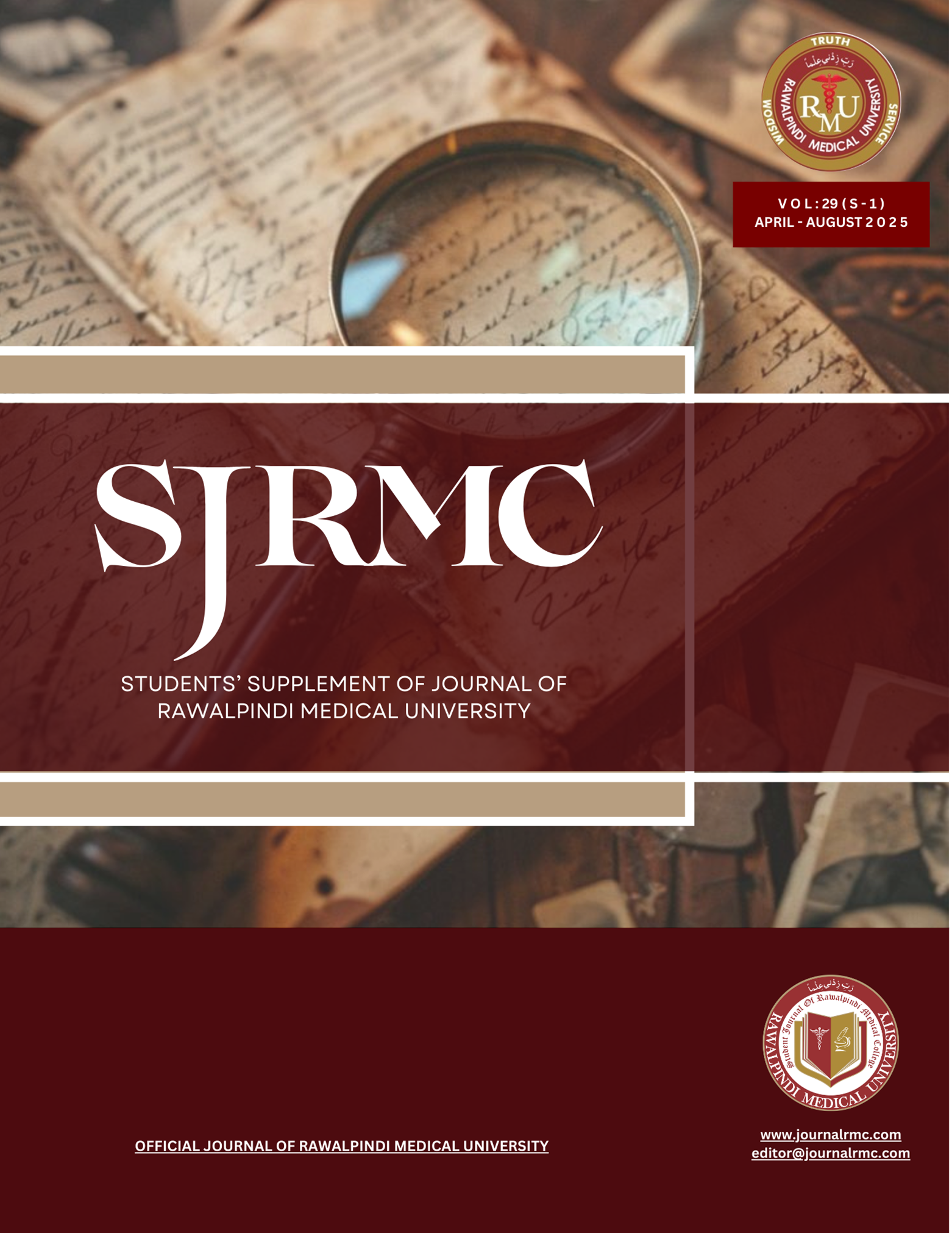Abstract
Background: This study examines the factors contributing to inappropriate complementary feeding practices for infants and young children, which can lead to impaired growth, delayed motor and cognitive development, stunting, malnutrition and other nutritional deficiencies.
Objectives: The objectives of this study are to assess the knowledge, attitudes and practices of complementary feeding habits in families of Rawalpindi, to determine demographic variables and child characteristics that influence complementary feeding, and to determine whether child feeding practices are adequate concerning a child's overall health or not.
Materials and Methods: This cross-sectional study was conducted from March to August 2023 in allied hospitals of Rawalpindi Medical University and a total of 308 mothers with index children between the ages of 4 months and 1 year participated. Convenience sampling was used to enroll eligible mothers. Data was collected through a verified self-administered questionnaire or interview-based approach as all mothers were not able to read and understand English. The data was analyzed through SPSS version 25.
Results: Among 308 study participants, majority of mothers (86.4%) were housewives and only 13.6% were working women. About two-thirds of the study population, i.e. 211 participants (68.5%) correctly stated the recommended time to initiate breastfeeding and nearly two-thirds of the mothers, 198(64.3%) knew the recommended duration for exclusive breastfeeding. Only half of the study population 170(55%) correctly answered the recommended time to initiate complementary feeding. The difference in knowledge between the housewives and working women was statistically significant (p<0.016) at the 0.05 significance level.
Conclusion: The current knowledge and practices of complementary feeding are insufficient. To develop a more positive attitude towards complementary feeding it is advisable to organize health education and awareness campaigns.
Keywords: Complementary feeding, Impaired Growth, Delay motor development, Malnutrition, Nutritional deficiencies.

